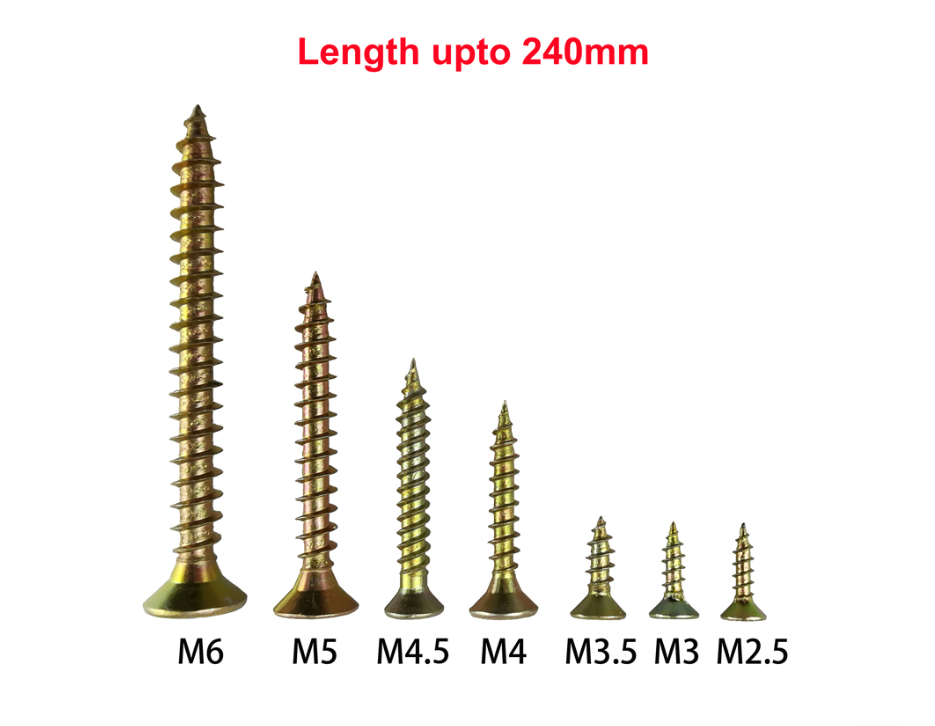High-Quality DIN 125 Metal Flat Washers for Reliable Fastening Solutions
The Importance of DIN 125 Metal Flat Washers in Engineering and Construction
In the realm of engineering and construction, every component plays a crucial role in ensuring structural integrity, safety, and durability. Among these components, metal flat washers—especially those adhering to the DIN 125 standard—are indispensable. This article delves into the characteristics, applications, and advantages of DIN 125 metal flat washers, highlighting why they are a preferred choice in various industries.
Understanding DIN 125 Metal Flat Washers
DIN 125 is a standardized design that specifies the dimensions and tolerances for flat washers made from metal. These washers are typically circular with a hole in the center and serve as components that distribute the load of a threaded fastener, usually a bolt or nut. The primary function of a flat washer is to prevent damage to the surface being fastened, reduce friction, and ensure a tighter seal.
DIN 125 washers are available in various materials, including carbon steel, stainless steel, and brass. The choice of material often depends on factors such as environmental conditions, exposure to chemicals, and required strength characteristics. For instance, stainless steel washers are commonly used in marine or corrosive environments due to their resistance to rust and corrosion.
Key Advantages of Using DIN 125 Washers
1. Load Distribution One of the main functions of a flat washer is to distribute the load of a nut or bolt over a larger area. This reduces the risk of damage to the workpiece (such as wood or metal) and helps in creating a more secure fastening.
2. Prevention of Pull-Through In many applications, particularly those involving softer materials, washers prevent screws and bolts from pulling through the material. This is especially vital in wood construction or softer metals.
3. Vibration Resistance In machinery and automotive applications, vibrations can loosen fasteners over time. Flat washers help maintain the fastening by providing a better grip, thus enhancing the overall stability of the construction.
din125 metal flat washer product

4. Corrosion Resistance Depending on the material used—such as stainless steel—DIN 125 washers can offer excellent resistance to moisture and oxidation. This makes them suitable for outdoor applications or environments with high humidity.
5. Cost-Effectiveness Manufacturing and sourcing DIN 125 washers is generally economical, making them an attractive option for large-scale projects or industries where cost management is crucial.
6. Standardization and Availability Being a DIN standard product, DIN 125 washers are widely available. This standardization ensures compatibility across various applications and industries, facilitating easier sourcing and inventory management.
Applications Across Industries
The versatile nature of DIN 125 metal flat washers allows them to be utilized in a myriad of applications. Some notable sectors include
- Construction Used in structural joints, securing beams and columns, and fasteners in wooden constructions. - Automotive Essential for various automotive assembly processes, from securing engine parts to holding body panels. - Machinery Employed in the assembly of machinery and heavy equipment, where load distribution and vibration resistance are critical. - Electronics Used in electronic devices to secure components and provide grounding.
Conclusion
DIN 125 metal flat washers are small but significant components in the engineering and construction sectors. Their ability to distribute loads, resist vibrations, and prevent damage to fastened surfaces makes them essential in ensuring the longevity and reliability of assembled products. As industries continue to evolve, the demand for standardized components like DIN 125 washers will remain high. Their availability, cost-effectiveness, and versatility ensure that they will play a vital role in future engineering solutions, making them an invaluable asset in any builder's toolkit.
By understanding the attributes and applications of DIN 125 washers, engineers and builders can make informed decisions, ensuring that their projects meet the highest standards of quality and safety.
-
Top Choices for Plasterboard FixingNewsDec.26,2024
-
The Versatility of Specialty WashersNewsDec.26,2024
-
Secure Your ProjectsNewsDec.26,2024
-
Essential Screws for Chipboard Flooring ProjectsNewsDec.26,2024
-
Choosing the Right Drywall ScrewsNewsDec.26,2024
-
Black Phosphate Screws for Superior PerformanceNewsDec.26,2024
-
The Versatile Choice of Nylon Flat Washers for Your NeedsNewsDec.18,2024










